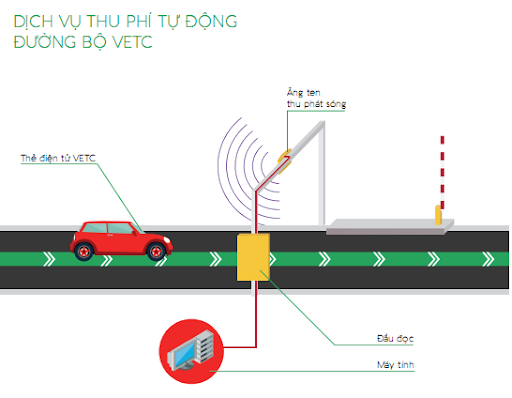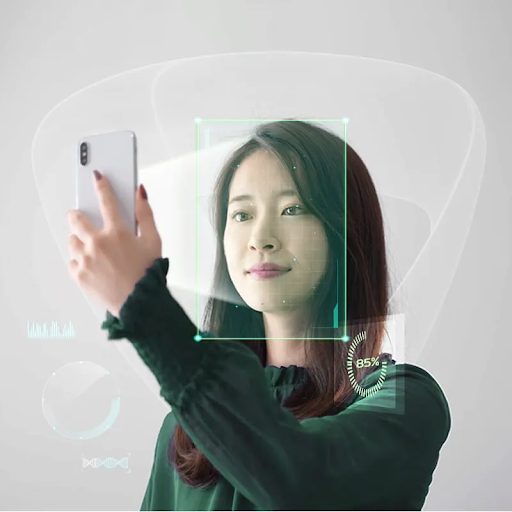Introduction to Citizen ID Card Identification
1. What is Citizen ID Card Identification?
Citizen ID Card Identification is the process of recognizing and authenticating an individual's identity based on personal information stored in a citizen ID card. This is an important method that helps governments and organizations manage identity, ensure security, and provide convenience in administrative, financial, and social transactions.
Structure of the Citizen ID Card
Today's chip-enabled ID cards include the following information:
- Full name
- Date of birth
- Gender
- Nationality
- Personal identification number
- Portrait photo
- Biometric data (fingerprints, facial features)
- Electronic chip storing data
The chip on the ID card helps secure information and supports integration with various management systems.

2. Applications of Citizen ID Cards
2.1. Identity Authentication in Administrative Transactions
ID cards help citizens complete administrative procedures such as:
- Obtaining passports, driver's licenses
- Registering marriages, births, deaths
- Receiving social welfare, insurance
2.2. Opening Bank Accounts and Financial Transactions
Banks can use ID cards to:
- Verify customer identity when opening accounts
- Support safer online transactions
- Minimize the risk of fraud and identity theft
2.3. Security Control and Immigration
ID cards help improve security control at airports, border crossings, and government agencies by:
- Quickly checking identity through chip scanning
- Preventing identity fraud crimes
- Supporting automated immigration processes
2.4. Integration with Public and Health Services
ID cards can be used to:
- Register for medical treatment at hospitals
- Manage personal health records
- Integrate with health insurance to reduce processing time
3. Advantages and Challenges of Citizen ID Cards
Advantages
- Enhanced security: Biometric technology helps reduce the risk of identity fraud.
- Convenience: ID cards can replace many other types of personal identification documents.
- Support for digital transformation: Helps governments and businesses conduct safer digital transactions.
Challenges
- Privacy protection: Need mechanisms to protect personal data from information leakage risks.
- Technological infrastructure: Need synchronized systems to maximize the potential of ID cards.
- Compatibility: ID cards need to be widely accepted by organizations and businesses to be effective.
4. The Future of Citizen ID Card Identification
In the future, ID cards may be more deeply integrated into the digital ecosystem, helping to optimize administrative, financial, and social services. The combination with artificial intelligence (AI) and blockchain can help enhance security and transparency in identity management.
Conclusion
Citizen ID Card Identification is an important step in modernizing identity management. With clear benefits and great potential, ID cards not only help improve security but also bring convenience to daily life. However, to maximize effectiveness, close coordination is needed between governments, businesses, and citizens in implementing and protecting personal information.


